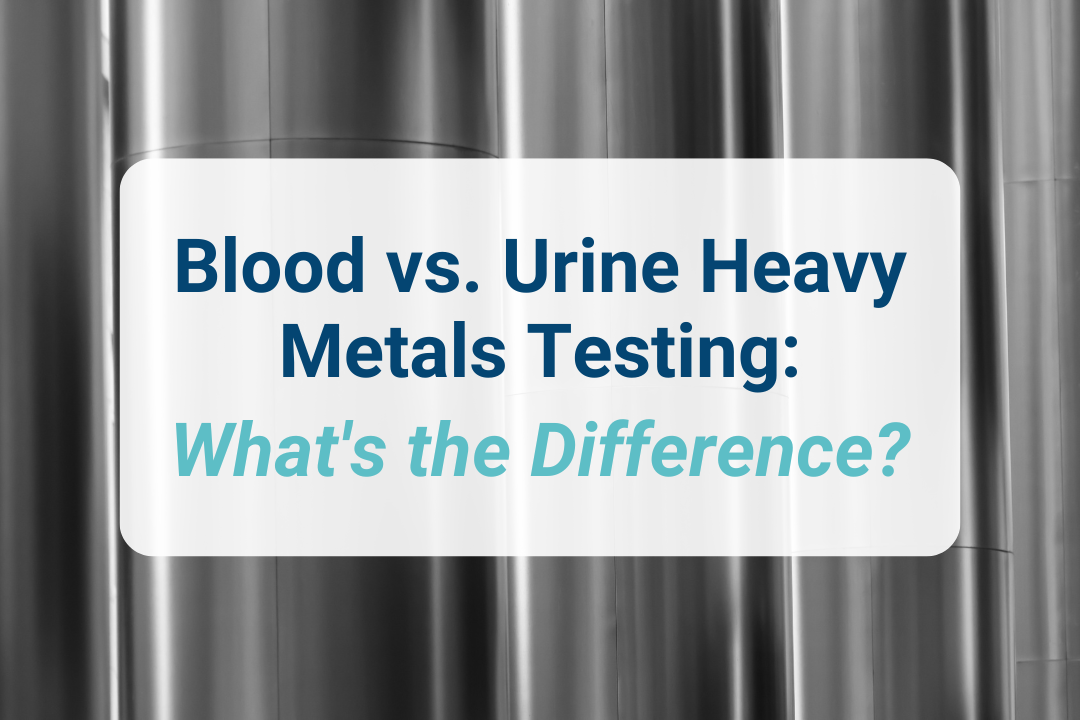The Link Between Heavy Metals & Autoimmune Disease
In today's world, there are numerous concerning toxins and environmental pollutants for human health. One troubling toxin that may be lurking behind your patients’ autoimmune disease? Heavy metals.
Heavy metals, in ionic, particulate, and nanoparticle form, are linked to various conditions, including respiratory and cardiovascular diseases, reproductive and central nervous system dysfunction, and even cancer.
In recent years, growing evidence is supporting the link between heavy metal toxicity and autoimmune disease.
The prevalence of autoimmune diseases has significantly increased over the last couple of decades. Specifically, studies show a notable increase in antinuclear antibodies (ANA), the most common biomarker of autoimmunity, over the past 25 years in the United States.
Exposure to heavy metals has also increased. Heavy metal toxicity is thought to affect over one million people annually, including children.
Now, there’s considerable data linking exposure to heavy metals to the increase in autoimmune disease.
In this article, we’ll discuss the nature of heavy metals and autoimmunity, the link between the two, and exposure sources. You'll also find precision testing recommendations to assess levels and reduce exposure.
What Are Heavy Metals?
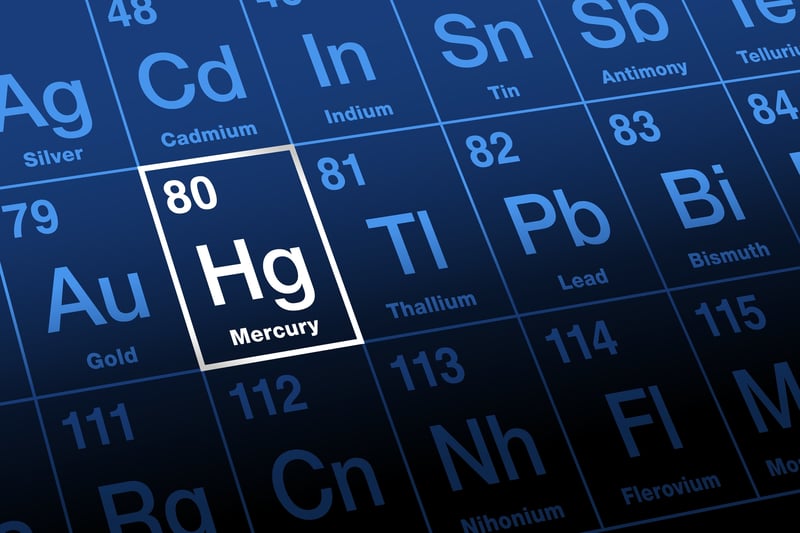
The term heavy metals refers to metals and metalloids with distinct features, including:
- High densities (over 5 g/cm3)
- Potential to bioaccumulate within the food chain
- High toxicity to living organisms
But not all metals are created equal—and not all are harmful to our health. In fact, metal ions like Na (I)- sodium, K(I)- potassium, Mg (II)- magnesium, and Ca (II)-calcium are essential nutrients required for body function. However, certain metals can be toxic even at very low concentrations.
Examples of toxic heavy metals include cadmium (Cd), lead (Pb), nickel (Ni), chromium (Cr), mercury (Hg), and metalloids such as arsenic (As), from both natural and synthetic sources.
Heavy metal ions can act as either cofactors or inhibitors in enzyme reactions. Approximately half of all enzymes require a metal cofactor to function properly.
Toxic heavy metals threaten our health largely because they can damage cell membranes and DNA. They can also impact protein function and enzyme activity.
Heavy metals can bind to free thiols (components of enzymes) or other functional groups, catalyze the oxidation of amino acid side chains, impact protein folding, and/or displace essential metal ions in enzymes.
How Heavy Metals Induce Autoimmune Disease
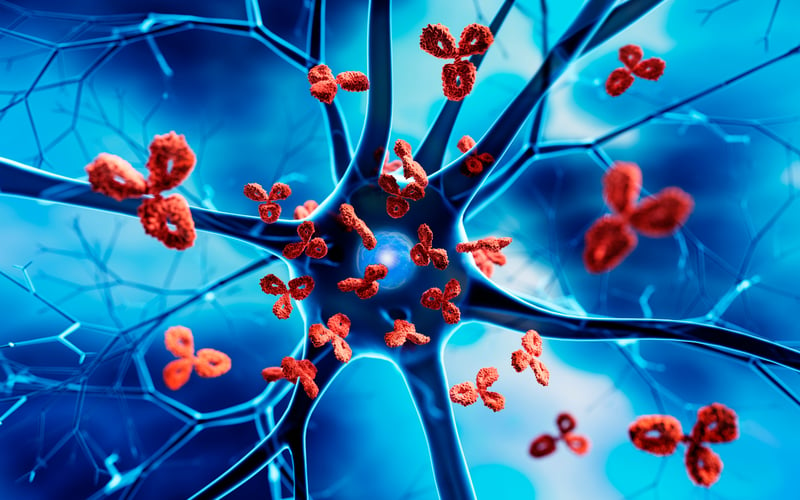
Autoimmune disease occurs when the immune system begins attacking its own cells, believing they are pathogens. This can involve:
- The production of autoantibodies
- spread of damaging inflammatory cells into different organ system
- The build-up of immune complexes in blood vessels
Through immunomodulation, pathogens can compromise the immune system and increase sensitivity to environmental pollutants and toxins.
Heavy metals specifically can enter the human body through the gastrointestinal tract, skin, or via inhalation. They can then have a toxic effect on the immune and endocrine systems, inducing autoimmunity.
One particularly concerning metal is mercury. Mercury is a known toxin found in several common manufactured products, including dental amalgams.
Metals can exert effects on the immune response that are either non-specific, like immunomodulation, or specific to an antigen, like delayed sensitivity and autoimmunity.
Some metals, like gold compounds, can act as immunosuppressants by inhibiting cell growth. While others, like aluminum compounds, can act as immunoadjuvants (activating the immune system).
Certain studies correlate mercury exposure from dental amalgams with specific diseases. These include neurodegenerative diseases and autoimmune conditions like autoimmune/inflammatory syndrome triggered by adjuvants.
Further, some metal compounds can modify cytokine production in vitro and in vivo. This creates an imbalance in the activation of CD4+ T helper cells Th1 and Th2, causing immune dysregulation. The dysregulation can then lead to an altered immune response of B cells and T cells and eventual autoimmunity.
One example of this is lead and mercury. These metals are shown to trigger Th2 cells to increase IL-4 production (a cytokine) in vitro and in vivo. This suggests that the metals can induce an autoimmune reaction by disturbing the balance between T cells. This is characterized by increased antibody production and response to the body’s own cells, leading to autoimmune conditions.
Finally, toxic levels of mercury can also affect the gut microbiome brain axis (GMBA), impacting neural development.
Autoimmune Conditions Linked to Heavy Metal Toxicity
Heavy metals are linked to multiple autoimmune conditions, including multiple sclerosis and amyotrophic lateral sclerosis (ALS). Metals like lead exacerbate diseases of the nervous system by increasing the body’s immune response against neuronal cell proteins.
Additionally, mercury is associated with autoimmune conditions like systemic lupus erythematosus (SLE), autoimmune thyroiditis, and multiple sclerosis.
Finally, heavy metal exposure may be linked to neuroinflammation and conditions like chronic fatigue syndrome as well as psoriasis and atopic eczema.
Common Exposure Sources to Heavy Metal Toxicity

We face constant exposure to metals from environmental sources like orthopedic implants, dentistry, food, vaccines, coins, and jewelry. These toxins are found in all regions of the US.
One FDA Report on the Biological Responses to Metal Implants revealed that dentistry is a major exposure source. Dentistry materials use a wide array of metals and metal alloys in crowns, bridges, and partial dentures, including:
- Platinum
- Gold
- Palladium
- Silver
- Ruthenium
- Iridium
- Osmium
- Rhodium
- Cobalt-chromium
- Nickel-chromium
Additionally, numerous medical fields use the metal tungsten, including orthopedics, vascular medicine, and prosthodontics.
Tungsten has been known to corrode, leaving tungsten and its ions in the human body, resulting in toxic effects.
Common sources of heavy metal exposure in industrialized countries like the US include:
- Air pollution
- Polluted food (cattle, fish, pesticide-laden produce)
- Polluted groundwater/drinking water
- Prescription medicines, vaccines, contrast agents, dental work (amalgams/silver fillings)
- Jewelry, cookware, lead-based paint, improperly coated containers, aluminum foil, and aluminum-containing products (health and beauty products)
There are many professions and hobbies with an elevated risk of heavy metal toxicity, including:
- Fuel
- Munitions
- Painting
- Rubber manufacturing
- Industrial smelting
- Mining
- Photographic processing
- Agriculture
- Semiconductor work
- Welding
- Work in waste or radioactive waste disposal sites
Symptoms of Heavy Metal Toxicity
Symptoms of heavy metal exposure and toxicity can range from mild to severe, depending on the duration and intensity of the exposure. These symptoms can manifest in various systems of the body, affecting both physical and neurological functions.
Like other toxins, heavy metals can bioaccumulate, causing chronic issues. Some individuals may be asymptomatic, while others demonstrate severe symptoms. This depends on the individual’s ability to remove toxins, which can be influenced by factors like diet, liver functionality, immune system function, genetics, and more.
To learn more about how genetics can influence one’s ability to detox, read our article on detox genetics.
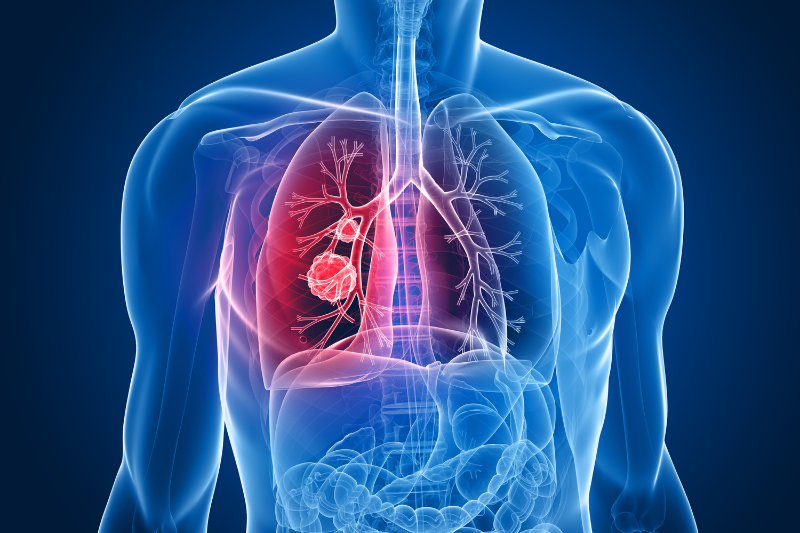
Neurological Symptoms
Neurological symptoms can be some of the most debilitating effects of heavy metal toxicity. These symptoms can vary in severity and can greatly impact an individual's quality of life.
Common neurological symptoms and disorders include:
- Cognitive decline
- Memory loss
- Ataxia
- Tremors
- Numbness
- Tingling
- Neuropathy
- Myopathy
- Alzheimer’s disease
- Multiple sclerosis
- Paralysis
- Parkinson’s disease
- Tinnitus
- Irritability
Respiratory Symptoms
Heavy metal toxicity can have a significant impact on the respiratory system, leading to a variety of symptoms and conditions. The inhalation of toxic heavy metals can directly affect the lungs and respiratory tract, causing respiratory distress and potential long-term damage.
Common respiratory symptoms and disorders include:
- Shortness of breath
- Dyspnea on exertion
- Coughing
- Wheezing
- Chest tightness
- Breathing problems
- Respiratory distress
- Pneumonia
Cardiovascular and Hematological Symptoms
Cardiovascular and hematological symptoms can also be associated with heavy metal toxicity. When heavy metals enter the bloodstream, they can have detrimental effects on the cardiovascular system and disrupt the normal functioning of the blood.
Common cardiovascular and hematological symptoms and disorders include:
- Anemia
- Red blood cell abnormalities
- Hypertension
- Low blood pressure
- Hypokalemia
- Edema
- Cancers of the blood
Gastrointestinal Symptoms
Gastrointestinal symptoms are a common manifestation of heavy metal toxicity. When heavy metals enter the body through ingestion or inhalation, they can have detrimental effects on the gastrointestinal system, leading to a variety of symptoms and conditions.
Common gastrointestinal symptoms and disorders include:
- Nausea
- Vomiting
- Diarrhea
- Abdominal pain
- Nutrient malabsorption (particularly minerals)
- Dry mouth
- Metallic taste
- Pancreatic cancer
Dermatological Symptoms
Dermatological symptoms associated with heavy metal toxicity can significantly impact the skin and its appearance. When heavy metals accumulate, they can disrupt the normal functioning of the skin cells, leading to numerous skin-related issues and conditions.
Common dermatological symptoms and disorders include:
- Dermatitis
- Eczema
- Dry skin
- Sweating
- Skin lesions
- Hyperpigmentation
- Hair loss
- Allergic skin reactions
Renal and Hepatic Symptoms
Renal and hepatic symptoms can be significant indicators of heavy metal toxicity and should not be overlooked. When heavy metals enter the body and accumulate in the renal and hepatic systems, they can have detrimental effects on these vital organs.
Common renal and hepatic symptoms and disorders include:
- Renal failure
- Elevated liver enzymes
- Hepatic damage
- Hepatic failure
- Suppressed hepatic detoxification
Reproductive Symptoms
Reproductive symptoms associated with heavy metal toxicity can have far-reaching consequences on both men and women. Exposure to heavy metals can disrupt the delicate balance of hormones and reproductive processes, leading to infertility, difficulty conceiving, birth defects, and even miscarriage.
In both men and women, heavy metal toxicity can interfere with the production and function of reproductive organs and hormones.
Common reproductive symptoms and disorders include:
- Infertility
- Difficulty conceiving
- Birth defects
- Miscarriage
- Testicular atrophy
- Menstrual cycle and ovulation disruption
- Prostate-related issues
- Polycystic ovary syndrome (PCOS)
- Endometriosis
Skeletal and Bone-Related Symptoms
Skeletal and bone-related symptoms are another common manifestation of heavy metal toxicity. When heavy metals accumulate in the body, they can have detrimental effects on the skeletal system, leading to various symptoms and conditions.
One of the main ways heavy metals affect the bones is by interfering with the normal process of bone remodeling. This can result in reduced bone mineral density and increased risk of osteoporosis. Heavy metals such as lead and cadmium have been found to disrupt the balance between bone formation and resorption, leading to weakened and brittle bones.
Additionally, heavy metals can interfere with the absorption and utilization of essential minerals that are crucial for bone health, such as calcium, magnesium, and zinc. This can further contribute to the deterioration of bone strength and density.
Testing for Heavy Metal Toxicity
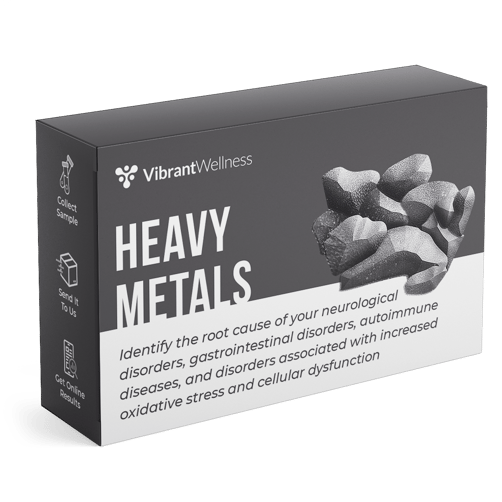
The simplest way to uncover if your patients are suffering from heavy metal toxicity and related autoimmune conditions is through precision testing.
The Vibrant Wellness Heavy Metals Test detects the presence of 20 of the most harmful metals and elements, including arsenic, lead, and mercury.
The test will help you get to the root of your patients’ autoimmune disease. You can then create personalized detoxification plans to alleviate symptoms and reduce inflammation.
Toxin Genetics Testing
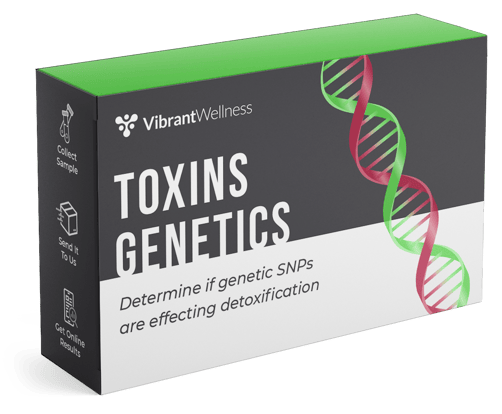
Aside from pure exposure to toxins like heavy metals, detoxification also plays a role in the manifestation of autoimmunity.
For instance, genetic differences in detox enzymes that metabolize mercury can affect how well individuals remove the toxin from their bodies.
Even small concentrations of heavy metals are enough to elicit an immune reaction in susceptible individuals. Animal studies show that inflammation in the brain and elsewhere can be triggered by heavy metal exposure, even when only low levels are detected in body fluids.
Thus, if patients aren't detoxing efficiently, they'll be even more at risk of developing adverse outcomes triggered by heavy metal exposure.
To understand how well your patients can detox, you can use the Toxin Genetics test [link to test description].
This new panel uses single nucleotide polymorphisms (SNPs) to assess genetic predisposition for defective detoxing.
Combine the Heavy Metals Test with the Toxin Genetics Test to gain an intricate view of heavy metal exposure, detoxing ability, and susceptibility to toxic burden and autoimmune disease.
 The manifestation of autoimmune disease is complex and multi-faceted, and growing research suggests heavy metals are a major factor in triggering autoimmunity. Precision testing like the Heavy Metals Test and Toxin Genetics Test will help you guide your patients in addressing heavy metal toxicity and understanding their detoxing ability. Ultimately, allowing you to get to the root of autoimmune symptoms.
The manifestation of autoimmune disease is complex and multi-faceted, and growing research suggests heavy metals are a major factor in triggering autoimmunity. Precision testing like the Heavy Metals Test and Toxin Genetics Test will help you guide your patients in addressing heavy metal toxicity and understanding their detoxing ability. Ultimately, allowing you to get to the root of autoimmune symptoms.
Regulatory Statement:
The general wellness test intended uses relate to sustaining or offering general improvement to functions associated with a general state of health while making reference to diseases or conditions. This test has been laboratory developed and its performance characteristics determined by Vibrant America LLC and Vibrant Genomics, a CLIA-certified and CAP-accredited laboratory performing the test. The lab tests referenced have not been cleared or approved by the U.S. Food and Drug Administration (FDA). Although FDA does not currently clear or approve laboratory-developed tests in the U.S., certification of the laboratory is required under CLIA to ensure the quality and validity of the tests.
 By
By





